Stradawhovious
Been spending a lot of time on here!
- Joined
- Nov 8, 2010
- Messages
- 3,241
- Reaction score
- 911
- Location
- Minneapolis, MN
- Can others edit my Photos
- Photos OK to edit
Ok, I just bought a new (to me) Sigma lens, the 28-70mm f/2.8, and it's making me scratch my head.
I always thought that focal length was a function of barrel length, but this lens seems to show the opposite. With every other zoom lens I've had, as the focal length increased with the zoom function, so did the physical length of the lens. This makes sense to me.
With the Sigma 28-70 however, as the FL increases from 28mm to 70mm, the physical length of the lens DECREASES, meaning the front element moves closer to the sensor, not away from it as my logic would dictate. This does not make sense to me.
Is this a function of creative element clustering, or is there some sort of crazy voo-doo that makes this lens operate in reverse of what makes sense?
I once made a thread that shows barrel length as a function of blowing out backgrounds. This physical anomaly kind of flies in the face of that "factoid".
Anyone want to shed some light on this one for me? Will this affect my ability to blow out my backgrounds vs a lens that grows with FL?
Also, Mods, if this is in the wrong place, feel free to move it.
I always thought that focal length was a function of barrel length, but this lens seems to show the opposite. With every other zoom lens I've had, as the focal length increased with the zoom function, so did the physical length of the lens. This makes sense to me.
With the Sigma 28-70 however, as the FL increases from 28mm to 70mm, the physical length of the lens DECREASES, meaning the front element moves closer to the sensor, not away from it as my logic would dictate. This does not make sense to me.
Is this a function of creative element clustering, or is there some sort of crazy voo-doo that makes this lens operate in reverse of what makes sense?
I once made a thread that shows barrel length as a function of blowing out backgrounds. This physical anomaly kind of flies in the face of that "factoid".
Anyone want to shed some light on this one for me? Will this affect my ability to blow out my backgrounds vs a lens that grows with FL?
Also, Mods, if this is in the wrong place, feel free to move it.


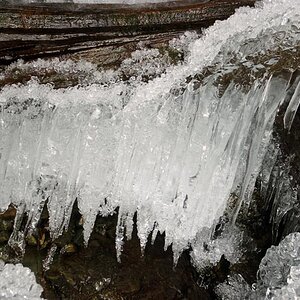
![[No title]](/data/xfmg/thumbnail/36/36680-2f2b1d32244516c9d5cf39af9b78b382.jpg?1619737677)
![[No title]](/data/xfmg/thumbnail/40/40286-86401b94de8b01bea8bb4ea154aaea0a.jpg?1619739408)
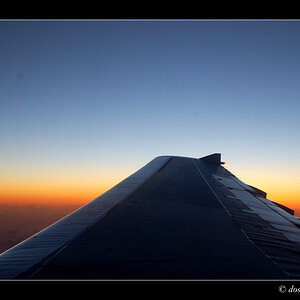
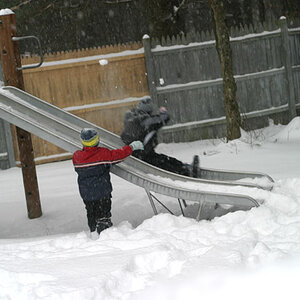
![[No title]](/data/xfmg/thumbnail/41/41929-26c4134c150c4c6befd5f544a5223aaf.jpg?1619739946)

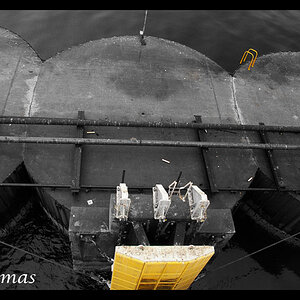
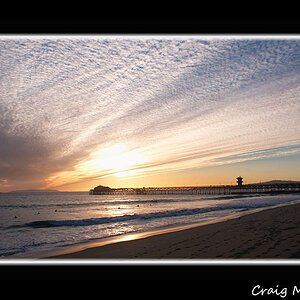
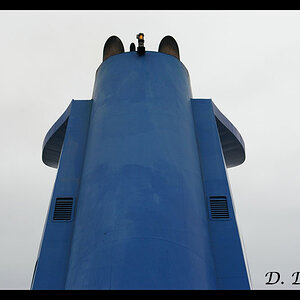
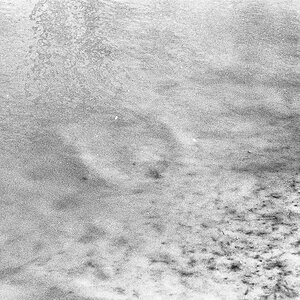
![[No title]](/data/xfmg/thumbnail/36/36682-50d0684eabff70509e27d7061c265146.jpg?1619737677)